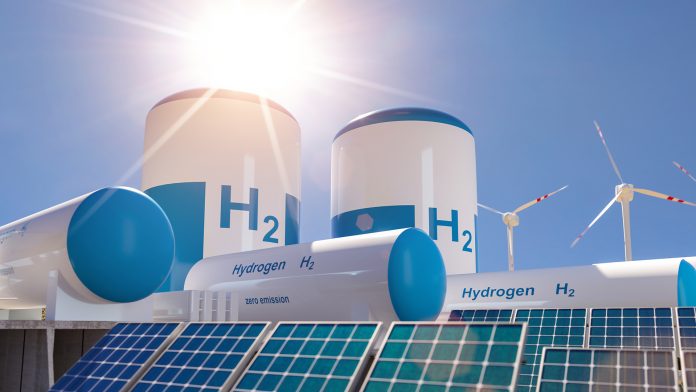Recent research led by Guoqing Liu from the Dean’s Office at Binzhou Polytechnic in Shandong, China, has shed light on the economic viability of integrating hydrogen energy systems with wind power. Published in the journal Heliyon, this study presents a promising pathway for enhancing environmental sustainability while addressing the critical need for cost-effective hydrogen energy storage solutions.
The research highlights the potential of combining wind generation with hydrogen storage to create a comprehensive energy system. By optimizing the design of a standalone wind power producer that incorporates hydrogen storage, Liu and his team aim to improve both efficiency and cost-effectiveness on a global scale. Their physiologically inspired optimization approach considers factors such as total cost and capacity loss, which are crucial for determining the best configuration of the energy system.
One of the standout findings of the study is the identification of eight distinct types of compact horizontal-axis wind turbines as part of the optimal setup for an off-grid solution. This innovative approach allows for flexibility and adaptability in various environments, making it an attractive option for regions looking to harness renewable energy sources.
The economic implications of this research are significant. The study reports that at a 15% load loss, the cost of energy (COE) is approximately $1.3772 per unit, while at 0% loss, it rises to $1.6908. These figures demonstrate that managing load loss can lead to substantial cost savings, making hydrogen energy systems more competitive in the energy market. Liu notes, “The wind turbine-hydrogen storage system emerges as the most cost-effective and reliable option due to its low cost of energy.” This statement underscores the potential for businesses and governments to invest in these technologies, which could lead to a more sustainable energy future.
Additionally, the sensitivity analysis conducted in the research reveals how variations in component capital costs—particularly for wind turbines and hydrogen storage systems—can significantly impact overall costs and load loss. This insight is vital for stakeholders in the energy sector, as it highlights the importance of strategic investments and cost management in the development of renewable energy projects.
As the world increasingly shifts towards renewable energy sources, the findings from Liu’s research present a compelling case for the integration of hydrogen energy systems with wind power. This combination not only enhances the reliability and efficiency of energy production but also offers a pathway for reducing costs, making it an attractive opportunity for commercial ventures in the energy sector. With the ongoing push for sustainability, the implications of this study are poised to resonate widely, encouraging further exploration and investment in hydrogen and wind energy solutions.




